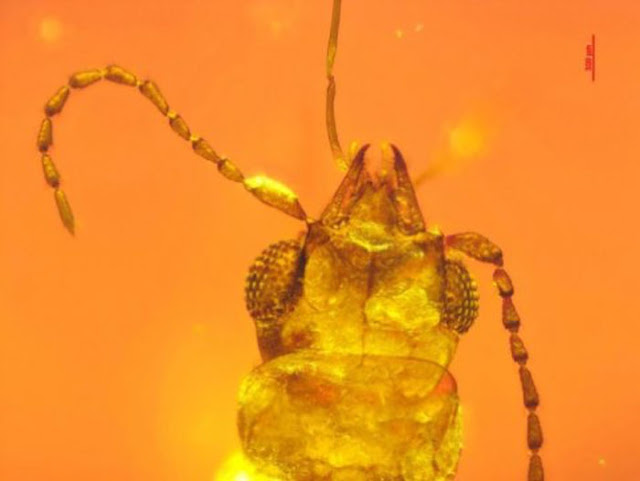The quest to revive extinct Aurochs to restore ancient lands
Rewilding and restoration of land often rely on the reintroduction of species. But what happens when what you want to reintroduce no longer exists? What if the animal in question is not only locally extinct, but gone for good? Yes, this might sound like the plot of Jurassic Park. But in real life this is actually happening in the case of the Aurochs ( Bos primigenius ). This wild ancestor of all modern cattle has not been seen since the last individual died in 1627 , in today’s Poland. Aurochs have been deep within the human psyche for as long as there have been humans, as attested by their prominence in cave art. However, the advent of agriculture and domestication put the magnificent animal on a path to extinction. So why bring the Aurochs back today and how? And what is the likely outcome? What is left of Aurochs, besides their depiction in cave paintings, are some fossil remains and some descriptions in the historical record. “Their strength and speed are extraordinary,” w...
